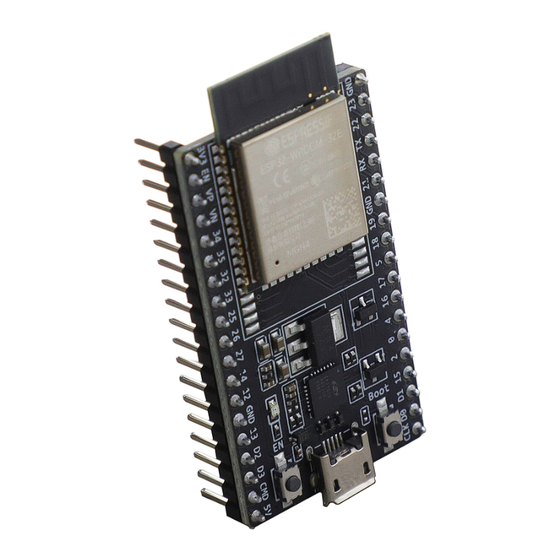
Espressif ESP32 Manuals
Manuals and User Guides for Espressif ESP32. We have 5 Espressif ESP32 manuals available for free PDF download: Technical Reference Manual, At Instruction Set, Manual, User Manual
Espressif ESP32 Technical Reference Manual (744 pages)
Brand: Espressif
|
Category: Single board computers
|
Size: 10 MB
Table of Contents
Advertisement
Espressif ESP32 At Instruction Set (58 pages)
Brand: Espressif
|
Category: Microcontrollers
|
Size: 4 MB
Table of Contents
Espressif ESP32 User Manual (20 pages)
Brand: Espressif
|
Category: Motherboard
|
Size: 0 MB
Table of Contents
Advertisement
Espressif ESP32 Manual (22 pages)
RF Performance Test Demonstration
Brand: Espressif
|
Category: Microcontrollers
|
Size: 6 MB
Table of Contents
Espressif ESP32 User Manual (16 pages)
Bluetooth Networking
Brand: Espressif
|
Category: Industrial Electrical
|
Size: 3 MB




